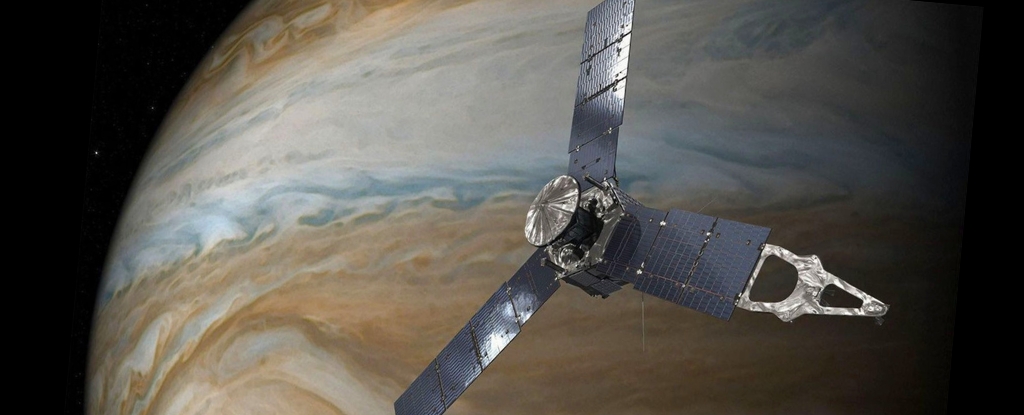Astronomers have identified a potential opportunity for NASA’s Juno probe to intercept an interstellar comet known as 3I/ATLAS (C/2025 N1 ATLAS) as it approaches Jupiter on March 16, 2026. This discovery follows the detection of two previous interstellar objects, ‘Oumuamua in 2017 and 2I/Borisov in 2019, which have significantly advanced scientific understanding of objects originating outside our Solar System.
The recent discovery of 3I/ATLAS, reported by the Asteroid Terrestrial-impact Last Alert System (ATLAS) in Rio Hurtado, has reignited interest in interstellar objects and prompted discussions about potential missions to study them. A collaborative paper led by Prof. Abraham Loeb of Harvard University proposes that Juno, which has been operational for several years, could be redirected to take advantage of this rare opportunity.
Mission Proposal and Scientific Significance
The research team, which includes scientists Adam Hibberd and Adam Crowl, emphasizes the significance of a close encounter with 3I/ATLAS. Their analysis indicates that the Juno probe could change its orbit to intercept the interstellar comet, offering unprecedented insights into these enigmatic celestial bodies. The team published their findings online and is awaiting formal publication in The Astrophysical Journal Letters.
According to Loeb, the Juno spacecraft could apply a thrust of 2.675 kilometers per second on September 14, 2025, which would enable it to shift from its current orbit around Jupiter to intersect with the path of 3I/ATLAS as it nears the gas giant. The comet is expected to pass within approximately 53.6 million kilometers (33.25 million miles) of Jupiter, creating a unique opportunity for observation.
Understanding Interstellar Objects
The study of interstellar objects like 3I/ATLAS provides valuable data on the conditions present in other star systems. Objects such as asteroids and comets are remnants from the early solar system, and their study can yield insights into planetary formation and the history of our cosmic neighborhood.
Loeb and his colleagues also entertain the possibility that 3I/ATLAS could represent alien technology. While this hypothesis is speculative, it raises intriguing questions about the nature of interstellar objects and the potential for advanced civilizations beyond Earth. Loeb stated, “Our paper is contingent on a remarkable but testable hypothesis that 3I/ATLAS is a functioning technological artifact… The consequences, should the hypothesis turn out to be correct, could potentially be dire for humanity.”
Recent observations from the Hubble Space Telescope have suggested that the nucleus of 3I/ATLAS may be significantly smaller than initially thought, with an effective radius of less than 2.8 kilometers (approximately 1.75 miles). This information will be crucial in determining the true nature of the comet as it moves closer to the Sun and begins to release gases.
Regardless of its origin, the potential encounter between Juno and 3I/ATLAS promises to enrich our understanding of the universe. The comprehensive suite of instruments aboard Juno, including a near-infrared spectrometer and a visible light camera, could provide detailed data about the comet’s composition, offering insights into the conditions that shaped it.
As the date of the rendezvous approaches, the scientific community eagerly anticipates what revelations may arise from this unique opportunity to study an interstellar visitor up close. The successful interception of 3I/ATLAS could mark a significant milestone in humanity’s exploration of the cosmos and deepen our understanding of the celestial mechanisms at play in our galaxy and beyond.





























































